ANOTHER DAY—ANOTHER STARTUP STORY
In the fast-paced startup world, it’s rare to see a company achieve rapid growth without major investments or a massive team. Yet, Cal AI, an AI-powered application, defied the odds and reached over 100,000 downloads and $1 million in revenue just four months after its launch.
How did two Gen-Z founders manage to pull off such a feat?
What tactics or strategies did they use to validate, grow, and make their vision a reality in such a short amount of time?
Read on to discover how Cal AI’s founders bootstrapped their way to success and the key lessons founders can learn from their journey.
What is Cal AI?
Cal AI is a remarkable success story that showcases the entrepreneurial spirit of its young founders, Zach Yadegari and Blake Anderson. The app, which leverages AI to simplify calorie tracking through food photos, has achieved impressive growth in a short period.
Founders and Inspiration
Zach Yadegari, a high school student with a passion for programming since the age of seven.
Blake Anderson, a recent college graduate experienced in AI app development.
Their collaboration stemmed from a shared observation of the difficulties people face in manually tracking their calorie intake.
How did Zach come up with the idea for Cal.AI?
Zach Yadegari and Blake Anderson created Cal.AI by drawing from their daily experiences. They recognized the difficulty many face in tracking calories and saw AI as a way to simplify the process. Observing that apps like MyFitnessPal required tedious manual input, they set out to design a better solution.
Their idea began with:
Identifying a clear problem
Validating it through research.
By studying user behaviors and market trends via social media and other platforms, they confirmed the demand for a more user-friendly calorie-tracking app.
Using their technical expertise and prior experience in app development, Zach and Blake built a tool focused on simplicity and accuracy.
However, they encountered 2 challenges:
Integrating complex AI systems
Achieving precise calorie estimates
Through continuous testing and refinement, they overcame these obstacles, prioritizing user experience and functionality.
Their iterative approach resulted in an app that met a real need, resonating quickly with users and redefining calorie tracking.
The development process of Cal.AI?
Blake Anderson and Zach Yadegari developed Cal.AI using a rapid prototyping approach, leveraging high-level programming languages like Python and Node.js to ensure simplicity in their tech stack.
Some key points about their initial version of their app:
Focused on AI-calculated calorie tracking through food photos.
Was built within a few months.
Relied heavily on existing AI models such as OpenAI's GPT systems for backend processing.
The development process was intense, facilitated by their technical expertise and prior experience in app development.
Quickly iterate through prototypes with feedback from close circles.
The main challenge: maintaining a lean operation with high accuracy expectations.
Despite this, their bootstrapped approach allowed them to achieve an impressive $1 million in revenue just four months post-launch without external capital.
Launching the business
Cal AI officially launched after just a few months of development.
The founders opted for a soft launch strategy to gather initial user feedback and make necessary adjustments before scaling their marketing efforts.
How did Zach launch Cal.AI and get initial traction?
Launching a new app in a crowded market is no easy feat. For Cal.AI, finding the right marketing strategies to stand out and connect with users was crucial.
How did they turn their vision into a viral sensation and build lasting traction?
1. TikTok viral marketing
Cal.AI initially got the word out about their app by leveraging the power of TikTok's viral marketing capabilities.
Content Strategy: The founders created engaging, relatable videos highlighting the app's unique features in visually appealing ways.
Audience Reach: This approach allowed them to organically reach a vast audience without expensive influencers or large-scale ads.
Why it worked:
TikTok’s algorithm promotes original, captivating content to massive audiences quickly.
By tapping into trends and creating resonant videos, Cal.AI boosted visibility and user engagement rapidly.
2. Micro-Influencer Collaborations
Instead of collaborating with top-tier influencers, Cal.AI chose to work with micro-influencers across various niches related to health, food, and lifestyle.
This strategic choice allowed the app to reach targeted audiences authentically and cost-effectively.
Influencers were carefully selected based on alignment with Cal.AI’s target demographic, ensuring higher engagement and downloads.
Why it worked:
Micro-influencers have engaged audiences and foster personal connections.
This approach built trust, credibility, and relevance within those niched groups, boosting downloads and user retention.
These approaches not only helped Cal.AI gain traction but also established a loyal user base.
The big moment (when the business blew up)
The app gained significant traction when the contents on TikTok went viral, led to…
Cal.AI achieved over $1 million in revenue just four months post-launch.
Cal.AI surpassed 100,000 downloads, largely driven by their social media and influencer strategies.
What was the growth and marketing strategy for Cal.AI and how did they scale?
1. TikTok and social media
Cal.AI continued using TikTok as a key growth channel to promote its AI calorie-tracking app.
Why it worked:
TikTok's virality and algorithm enabled rapid audience growth.
Engaging videos resonated with users, bypassing traditional marketing barriers.
This organic strategy helped Cal.AI achieve over 100,000 downloads.
2. Influencer marketing: the $5 CPM target
Cal.AI continued using niche influencers to expand its reach and achieve viral success, focusing on a $5 CPM (cost per thousand views) to align campaigns with CPA and conversion rate goals.
Why it worked:
Leveraged influencers’ communities for authentic promotion without the high costs of traditional ads.
Built trust and engagement with a more relatable, audience-driven approach.
 Tiktok failed to load.
Tiktok failed to load.Enable 3rd party cookies or use another browser
3. Referral code system
Cal.AI introduced a referral code system to incentivize influencers. This transformed creators into active brand advocates with a vested interest in driving downloads and sign-ups.
Why it worked:
Motivated influencers to promote the app consistently.
Boosted conversions and overall campaign success through personal advocacy.
4. Affordable pricing strategy
Cal.AI adopted a pricing model that kept costs low, offering the app at $10/month or $30/year. This pricing structure attracted a larger user base and increase subscription rates.
Why it worked:
Focused on user acquisition and market penetration over high initial revenue.
Built a larger, active community that fueled network effects and word-of-mouth marketing.
5. Product iteration and testing
Cal.AI prioritized frequent iterations and testing to optimize user experience. They employed tools like Superwall for paywall optimization and frequent A/B testing to refine the onboarding process and improve conversion rates.
Why it worked:
Data-driven decisions enhanced user satisfaction and retention.
Continuous improvements reduced churn and ensured the app met user needs effectively.
 Tiktok failed to load.
Tiktok failed to load.Enable 3rd party cookies or use another browser
Current status
As of December 2024, Cal AI has reached approximately $8 million ARR, illustrating the effectiveness of its innovative approach and marketing strategies.
The success of Cal AI serves as an inspiring example for aspiring entrepreneurs, particularly in the tech space.
Key takeaways
These are several important lessons that founders can learn from Cal AI journey:
Leverage viral marketing: Utilizing platforms like TikTok and micro-influencers can lead to organic growth and build trust with customers without relying on big-name influencers.
Focus on solving real problems: Addressing genuine needs, like effective calorie tracking, creates strong market positioning.
Keep the team lean: A small team can achieve significant success through clear roles and strong collaboration.
Iterate rapidly: Quick iterations based on user feedback are essential in adapting to market needs.
Balance pricing for growth: An affordable pricing strategy can enhance user adoption while maintaining revenue growth.
The #1 secret behind Cal AI’s rapid success
Zach and Blake, the founders of Cal AI, achieved $1M ARR in just 4 months after launching—and it all started with one thing: an effective MVP.
Their MVP focused on three key principles:
Solving a clear problem
Keeping it simple
Executing and iterating fast
Now it’s your turn! Whether you’re building an app, a SaaS, or a tech product, we’ve created a Lean MVP Plan Template inspired by Cal AI’s success. This template acts as a step-by-step guide that will walk you through the exact process Zach and Blake used to build their MVP—helping you get your hands dirty and bring your vision to life.
Cal AI shows that success doesn’t require big budgets or massive teams.
By leveraging social media, focusing on genuine user needs, and keeping their operations tight, Zach and Blake were able to build a thriving business from the ground up.
Use the lessons from Cal AI’s success as a blueprint to create your own game-changing product.
The opportunity to bring your idea to life and leave your mark is right in front of you.
THANKS FOR READING!
- Gracie from What A Startup





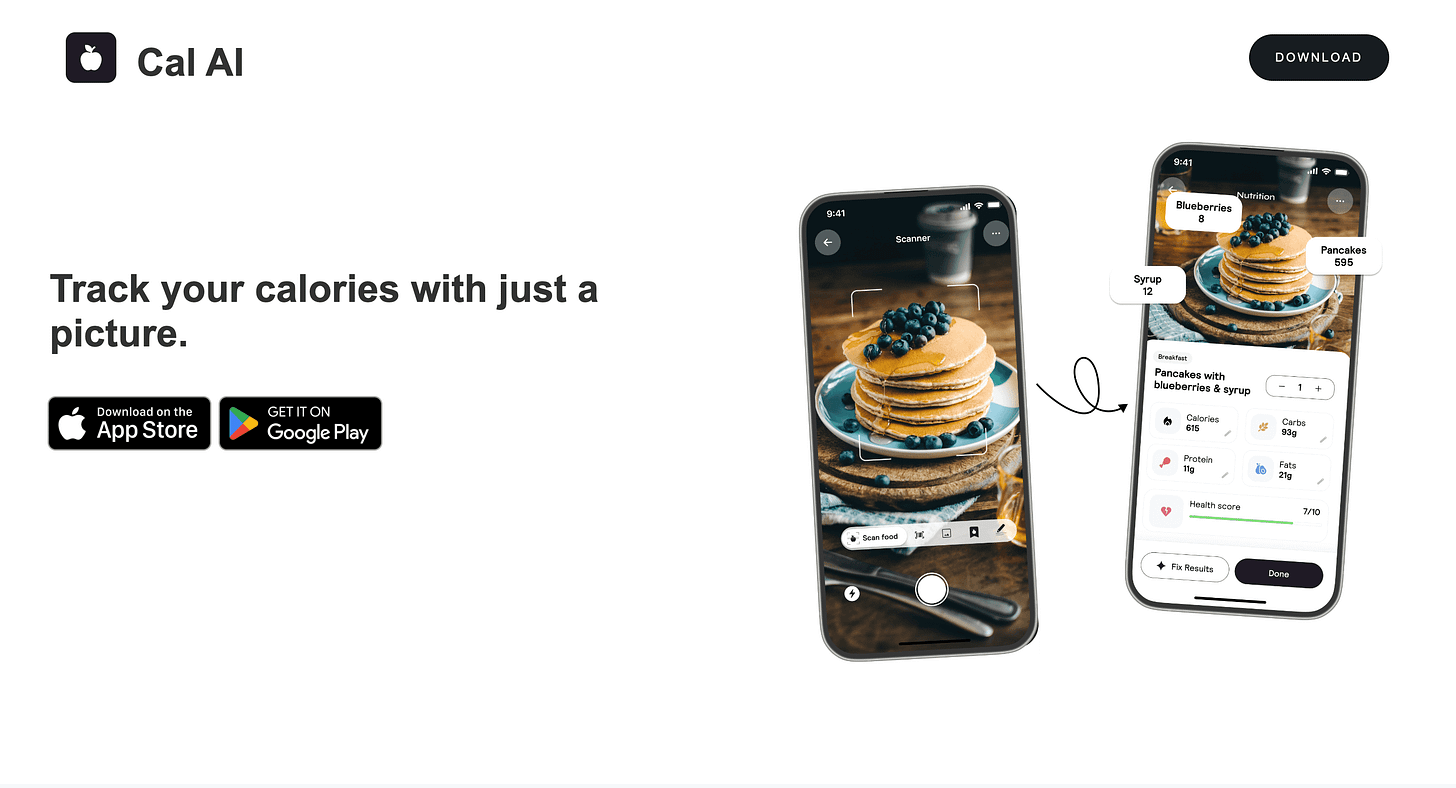

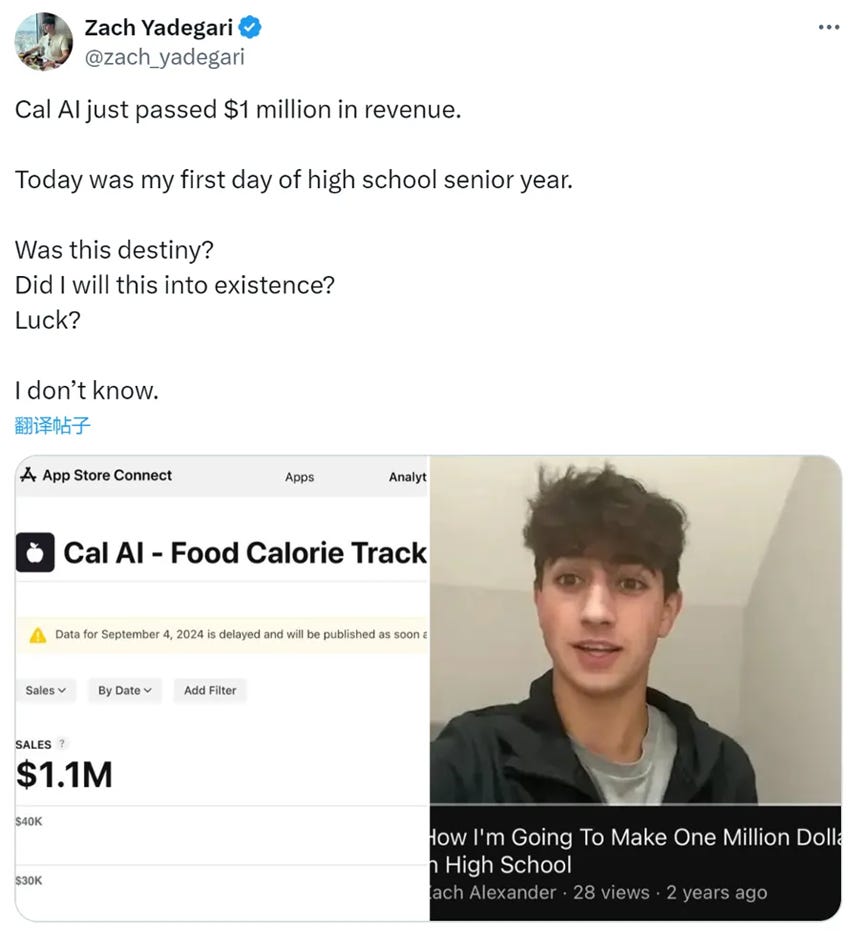
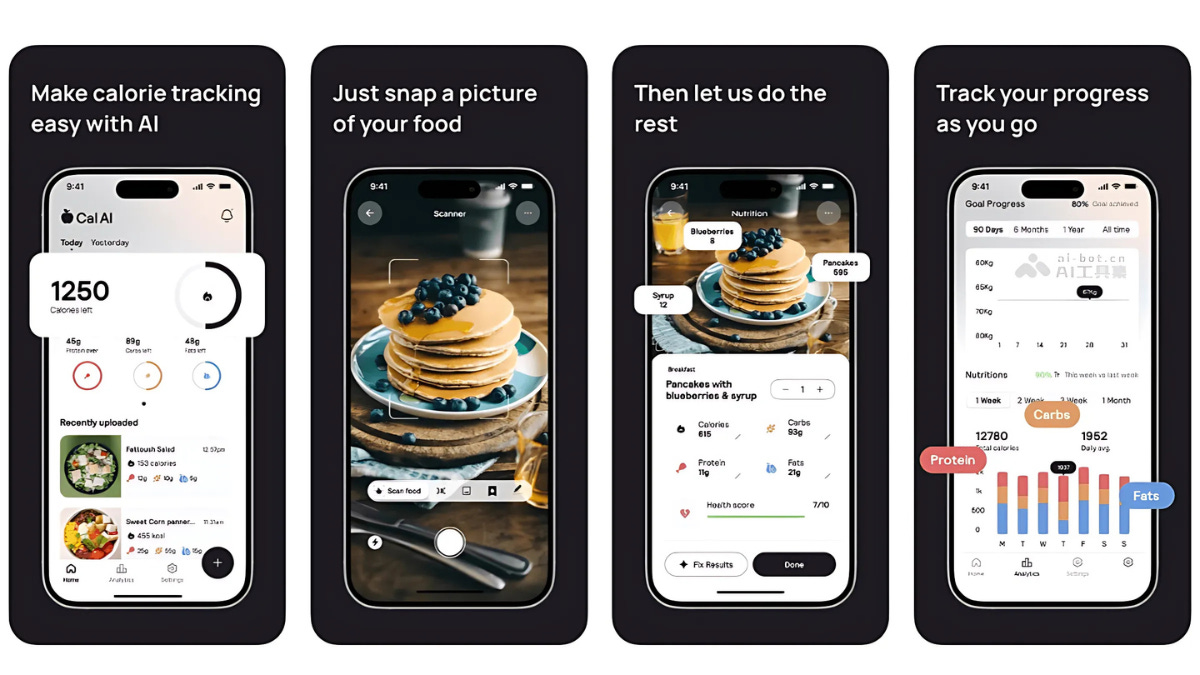

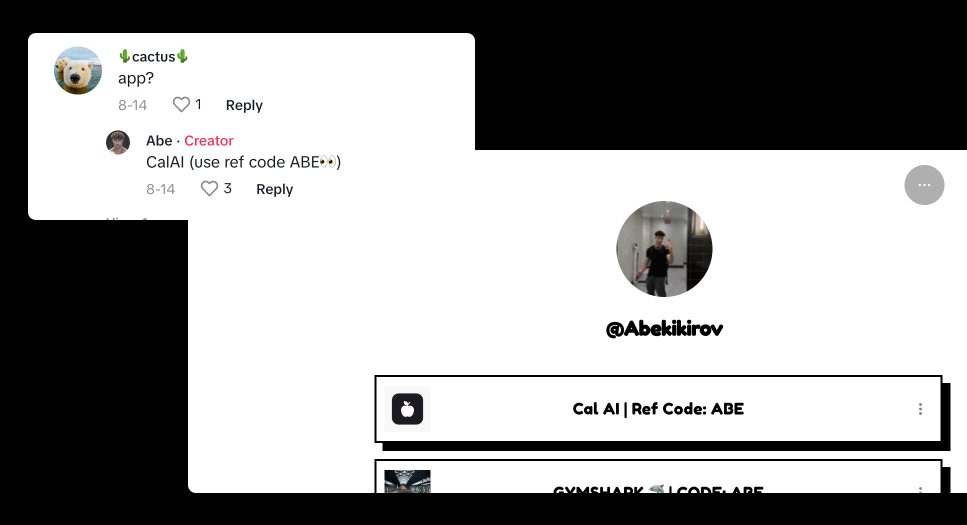
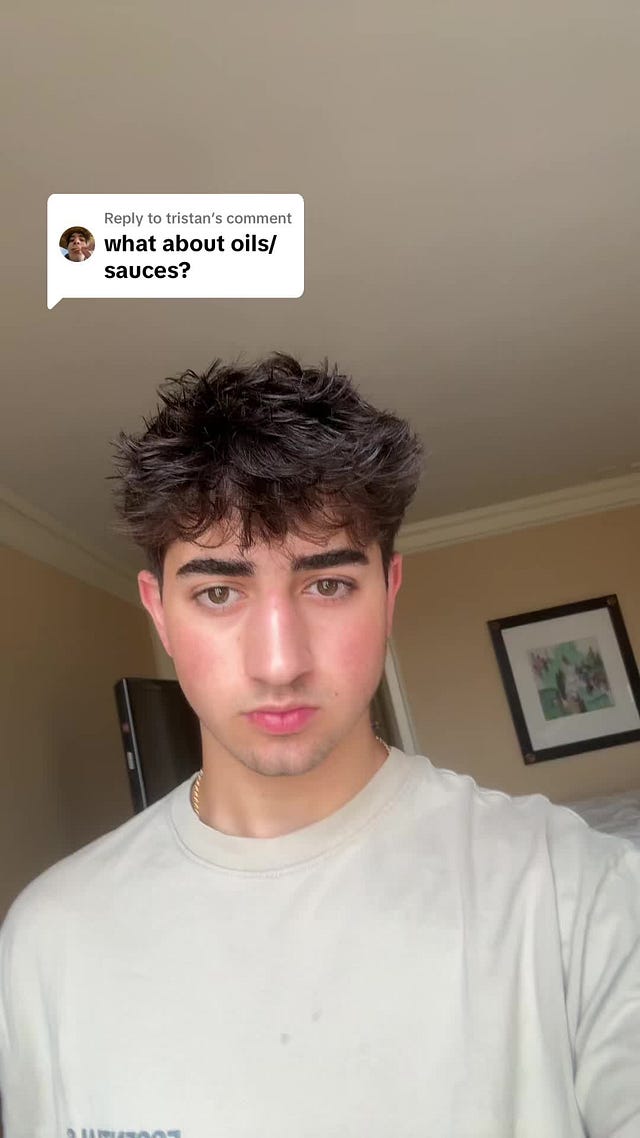
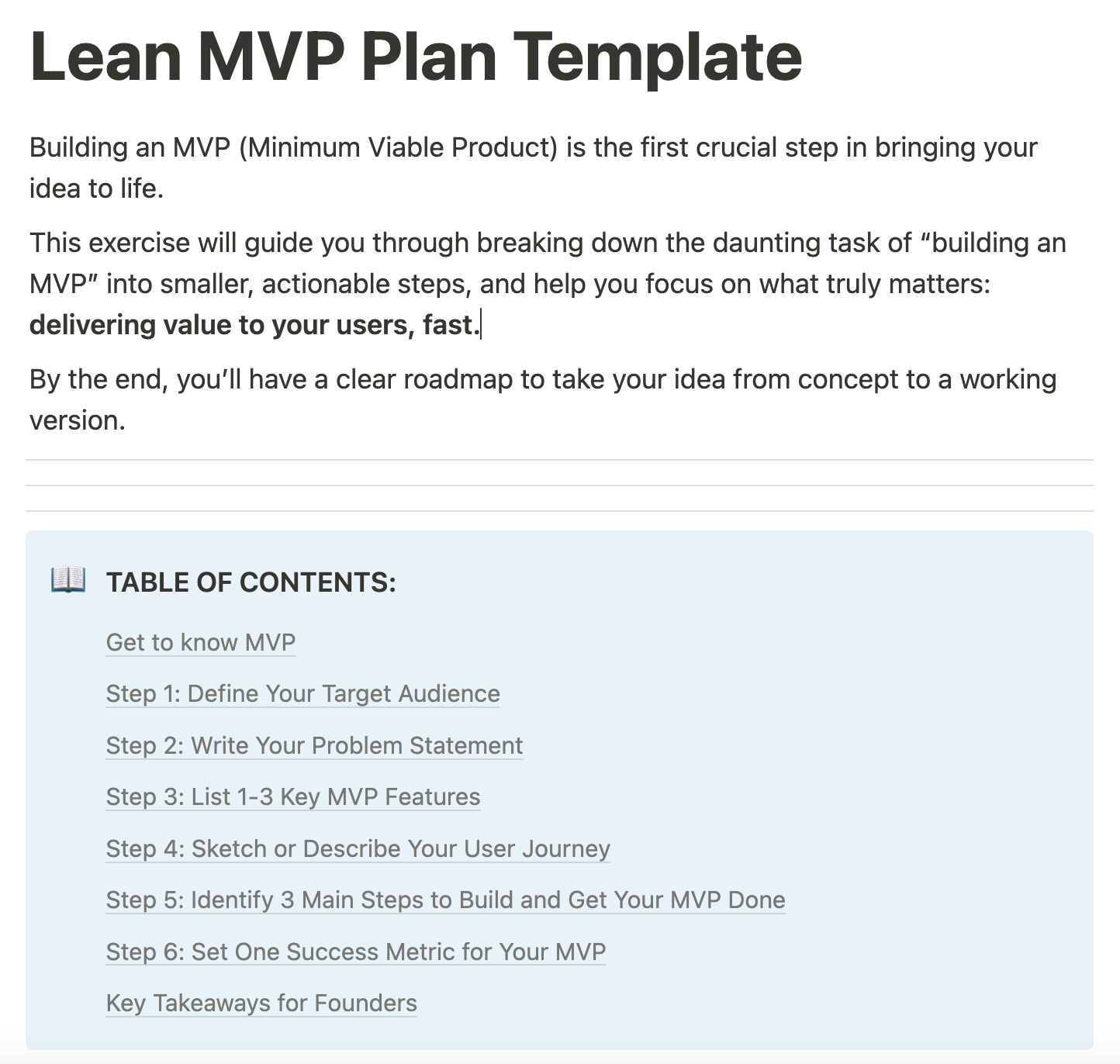
Such a good article! Thanks for the detailed breakdown.